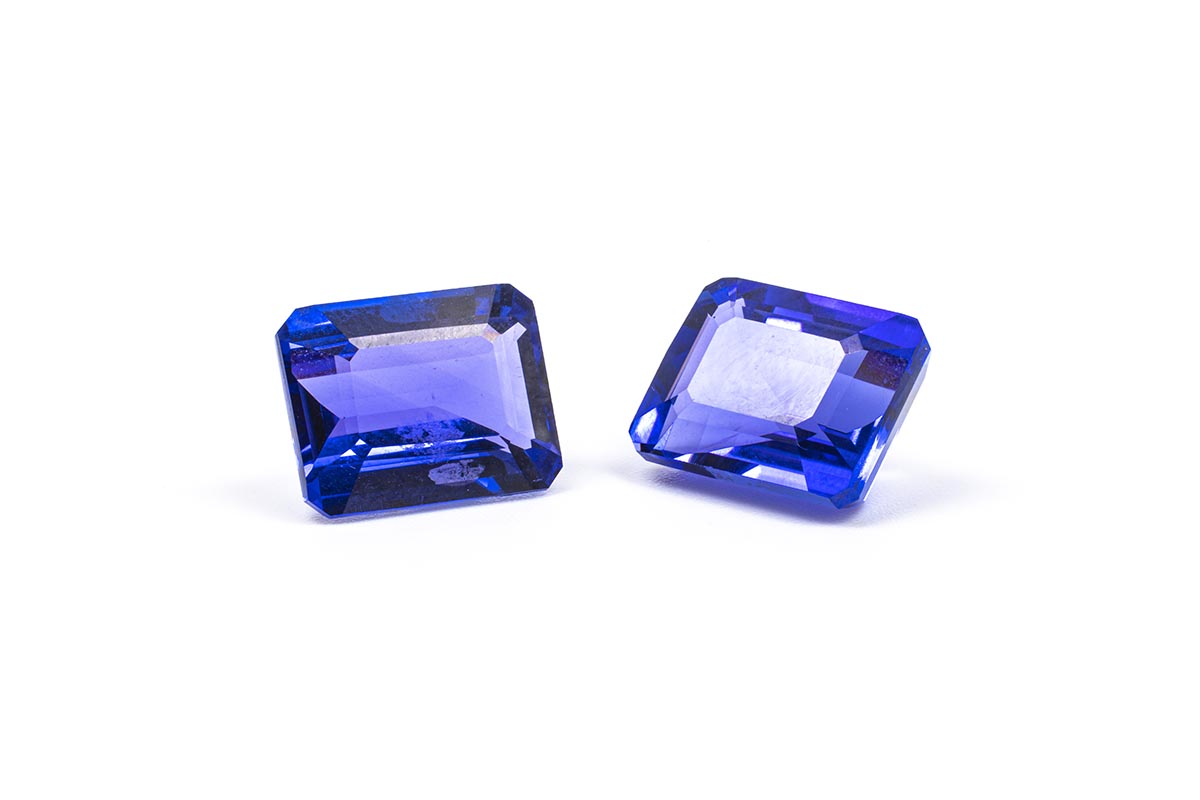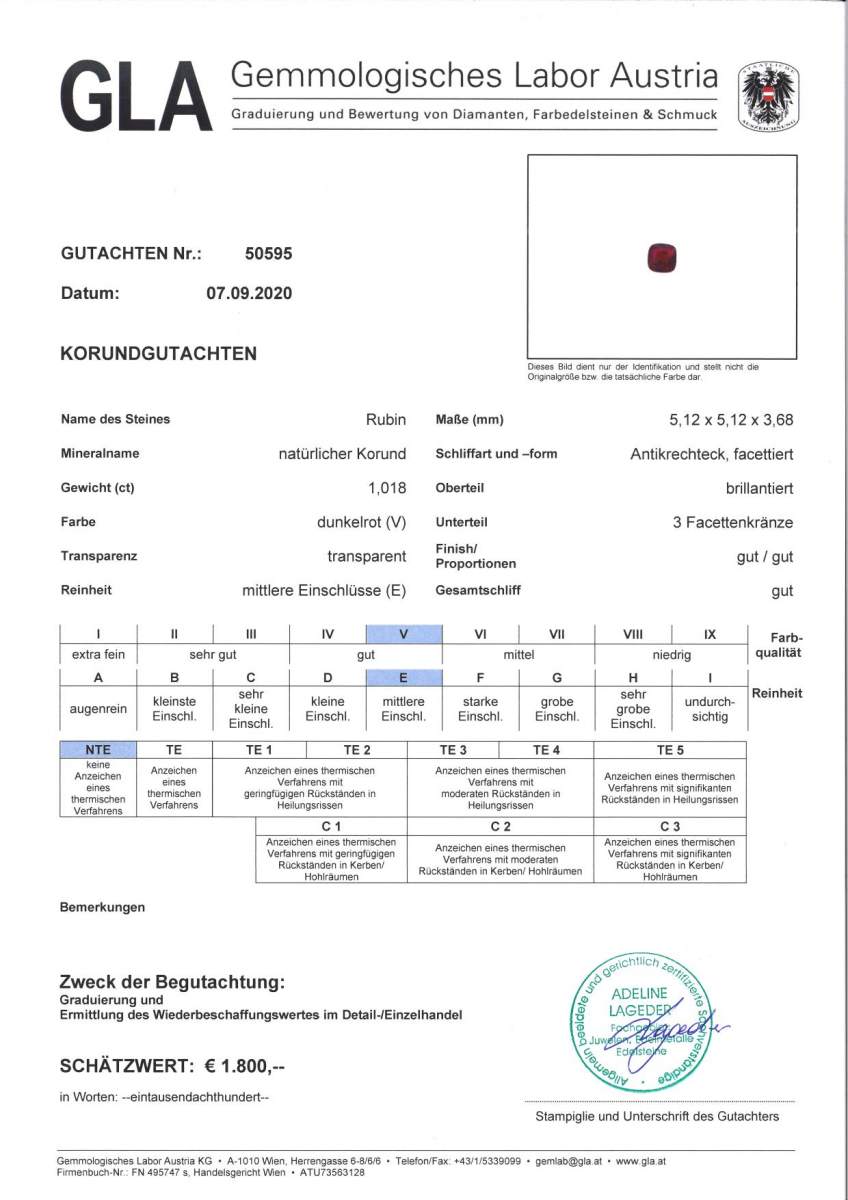Knowledge
22.07.2022 Trading Names of Gemstones
Gemstones are not only known by their mineralogically correct names. In addition to obsolete names and synonyms, there are also trading names that are intended to increase interest in minerals or certain varieties and might have nothing in common with the mineralogical name.

Minerals and their varieties

Red Beryl, Bixbite and Red Emerald
The different varieties of beryl also have different names: Green beryl is known as emerald, whereas blue beryl is traded as aquamarine.
The red variety of beryl was named “bixbite” in the 19th century after its discoverer Maynard Bixby. However, due to the risk of confusion with Bixbyite (also named after Bixby), the rare gemstone is now called red beryl. The name bixbit is sometimes only given in brackets as a no longer used synonym.
At the same time, some dealers try to take advantage of the popularity of green beryl, i.e. emerald: Red beryl is therefore also offered as “red emerald” or “scarlet emerald”


Rebranding gemstones to prevent negative associations

In 1967, a beautiful blue to purple variety of zoisite was discovered in Tanzania, a mineral already known to be colorless, yellow, gray or green more commonly. Initially, the gemstone was simply called “blue zoisite”.
However, because the mineral name “zoisite” sounds so much like “suicide” in English, Henry Platt of the U.S. jeweler Tiffany’s suggested marketing the stone as tanzanite instead.
Platt is also responsible for the trade name of an intense green variety of grossular garnet, which was also discovered in East Africa in 1967. Inspired by the Tsavo National Park in Kenya, Tiffany’s marketed the gemstone as tsavorite.

Noble names for ordinary and synthetic minerals
Also to be able to sell more common minerals at higher prices, they are offered under noble sounding trading names. Mostly names of particularly well-known and valuable gemstones are used and supplemented by a designation of origin. Unknowing in such a way an allegedly high value is suggested.
Ordinary quartz crystal is offered as “herkimer diamond”, blue cordierit as “water sapphire”, though the have nothing to do with genuine diamonds or sapphires.
Also synthetic, artificially produced stones are also often traded under misleading names: A “Biron emerald,” for example, comes from the laboratory of the Australian company Biron and is merely an emerald synthesis.

Edelsteinzertifikat bringt Sicherheit

If you want to buy gemstones – especially for investment purposes – do this only at specialized dealers and buy only stones of the highest quality with the appropriate certificate or expert opinion of a renowned gemmological laboratory.
Some names introduced as trading names, such as tanzanite, tsavorite or morganite, are very common today and also clearly designate certain varieties.
On the gemstone certificate you will also always find the correct name of the stone and that of the mineral as well. Also, whether it is a synthesis or a natural gemstone is recorded there in case of doubt.


